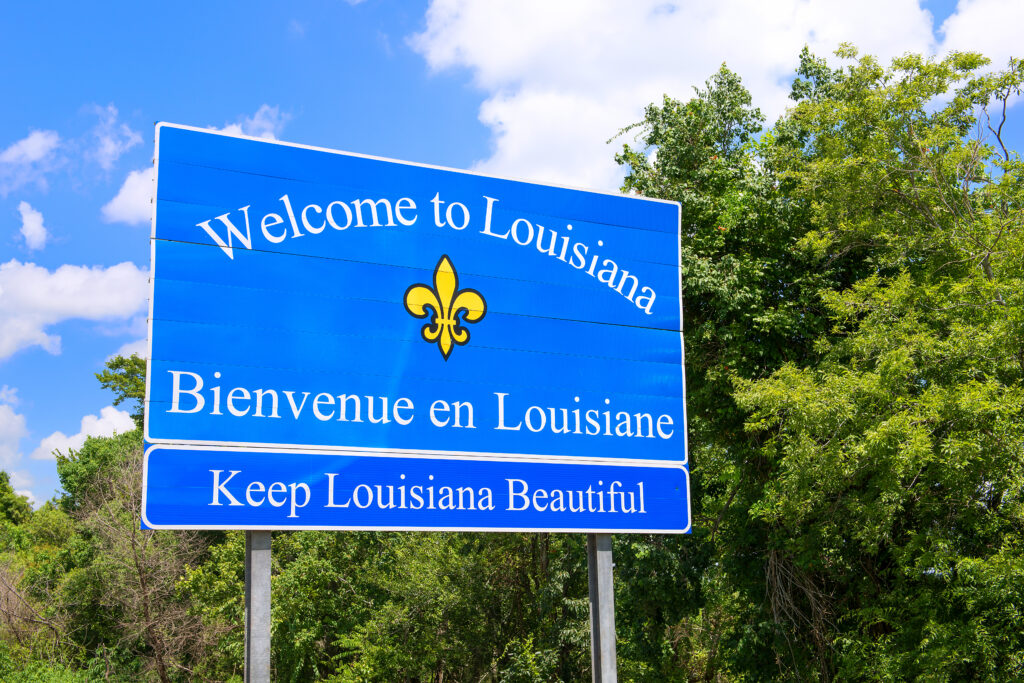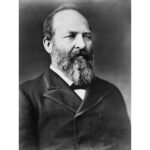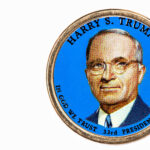The Louisiana Purchase, completed on April 30, 1803, was a monumental event in the early history of the United States. With the acquisition of the Louisiana Territory from France for $15 million, the size of the young nation more than doubled, laying the foundation for its westward expansion and future growth as a global power.
In the late 18th and early 19th centuries, the Mississippi River and the port of New Orleans were vital to American commerce. As the western frontier expanded, the ability to transport goods to market via these routes became increasingly important. Initially, Spain controlled the Louisiana Territory and allowed Americans to navigate the river freely. However, in 1800, Spain secretly ceded the territory back to France, causing concern among American leaders about the potential loss of access to the Mississippi River.
Aware of France’s financial troubles and military challenges, President Thomas Jefferson sought to secure the New Orleans port and navigation rights along the Mississippi River. In 1802, he dispatched James Monroe and Robert R. Livingston to France with instructions to negotiate the purchase of New Orleans and, if possible, the surrounding territory.
The Louisiana Purchase remains one of the most significant land deals in American history. It greatly expanded the nation’s territory, secured crucial trade routes, and set the stage for the United States to become a dominant force on the global stage.
References:




